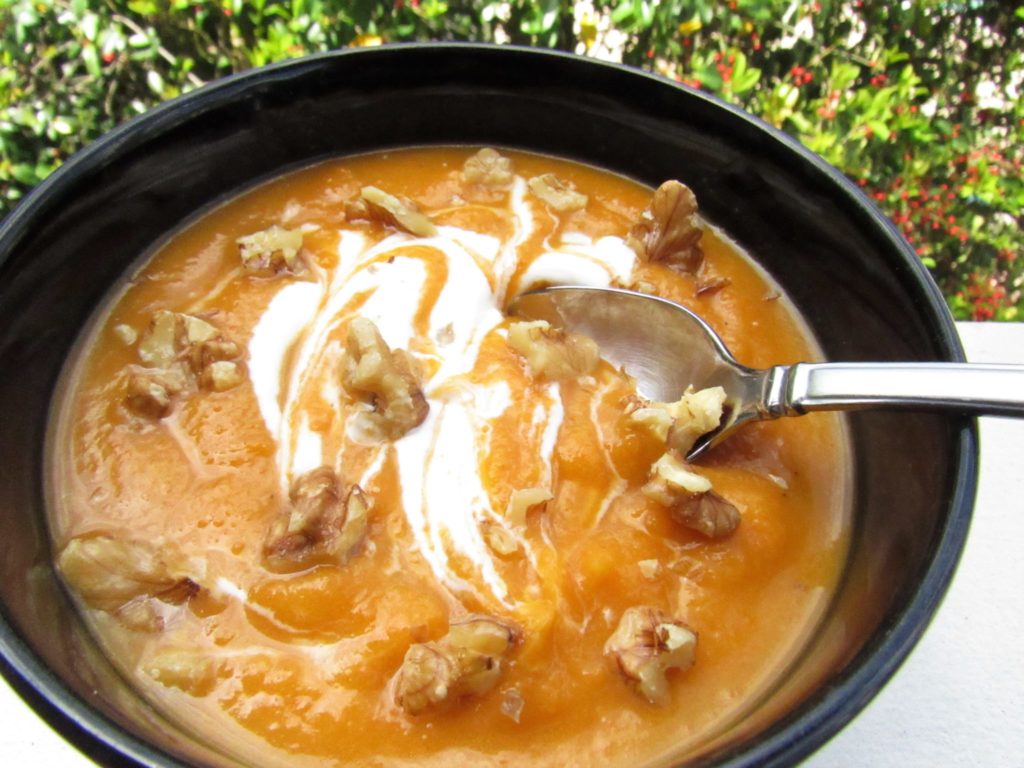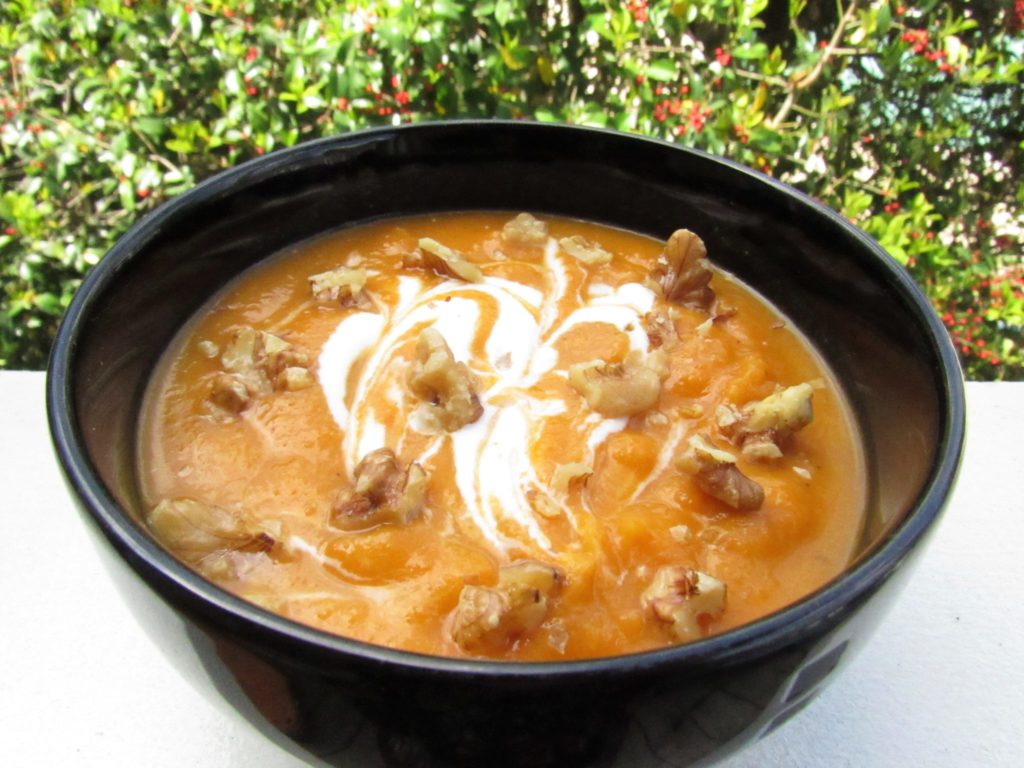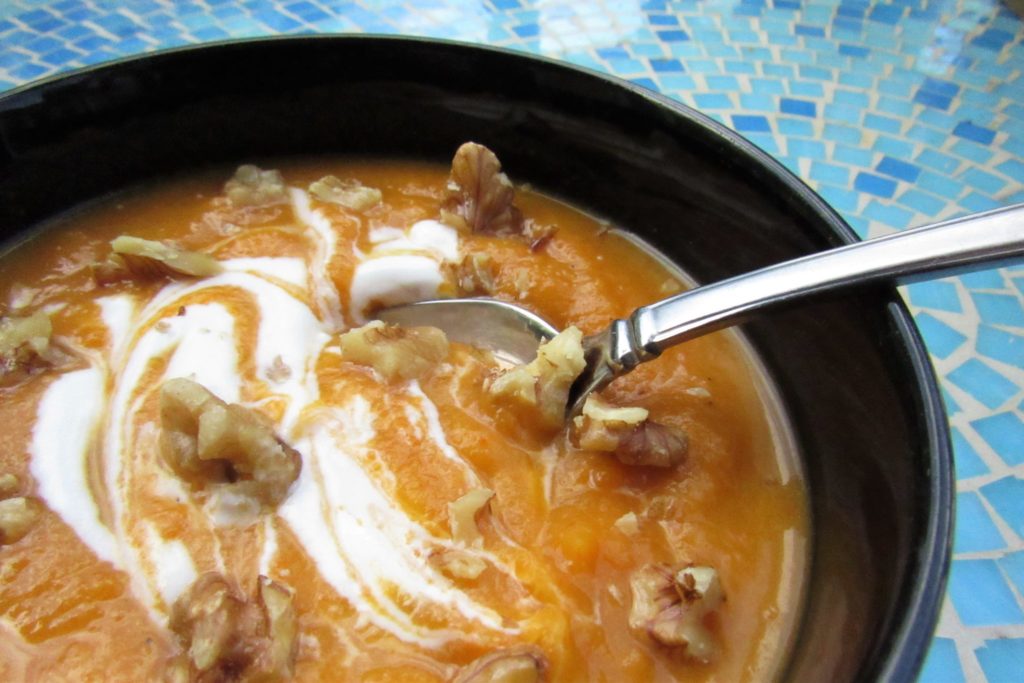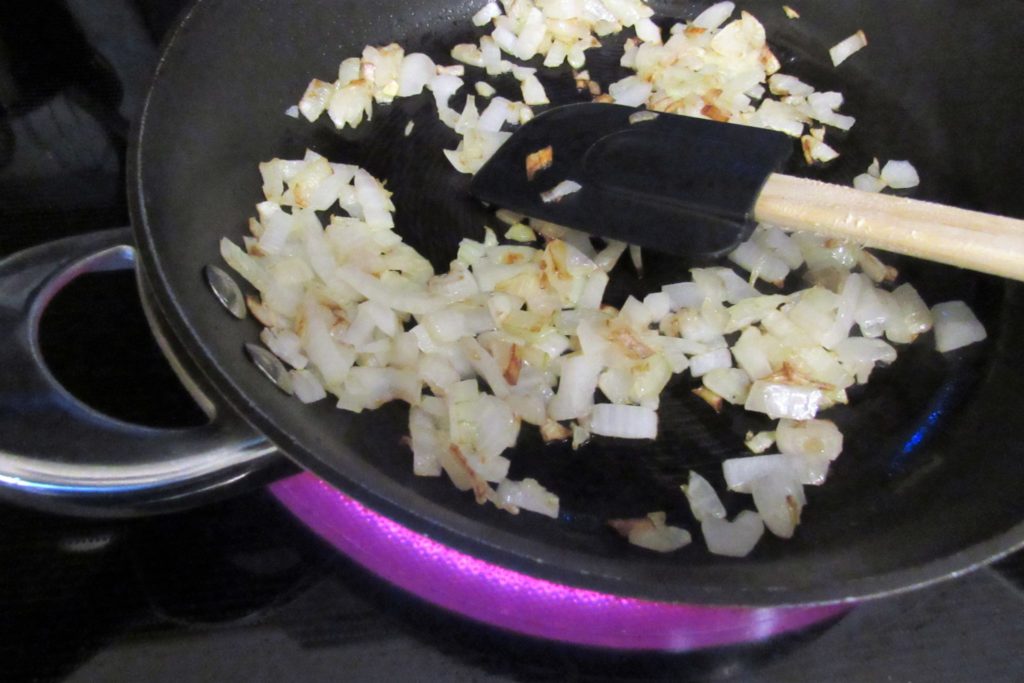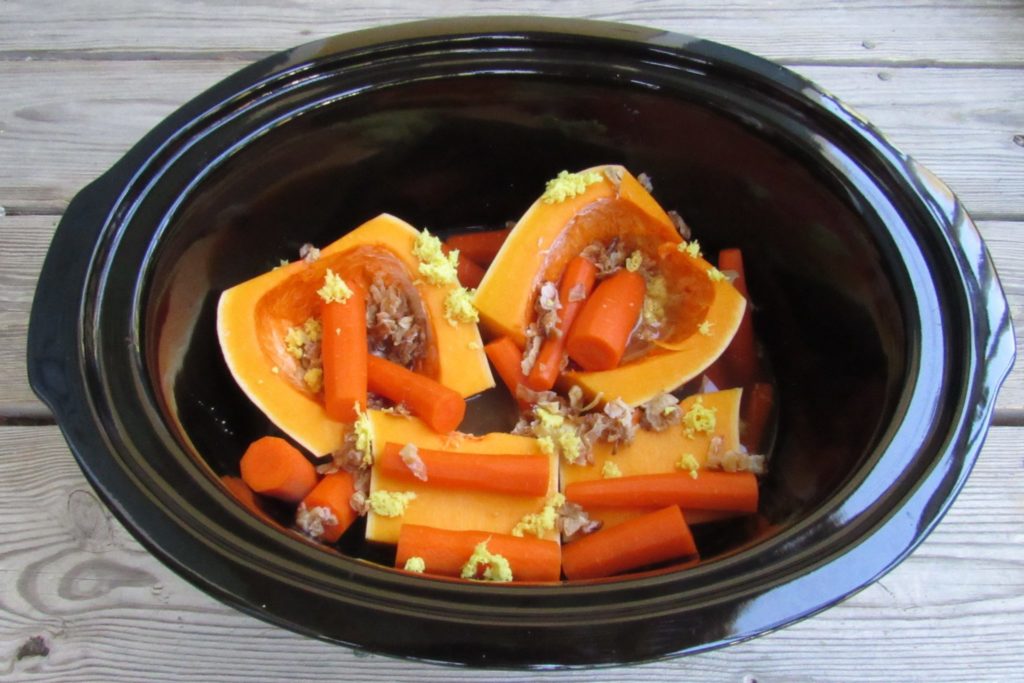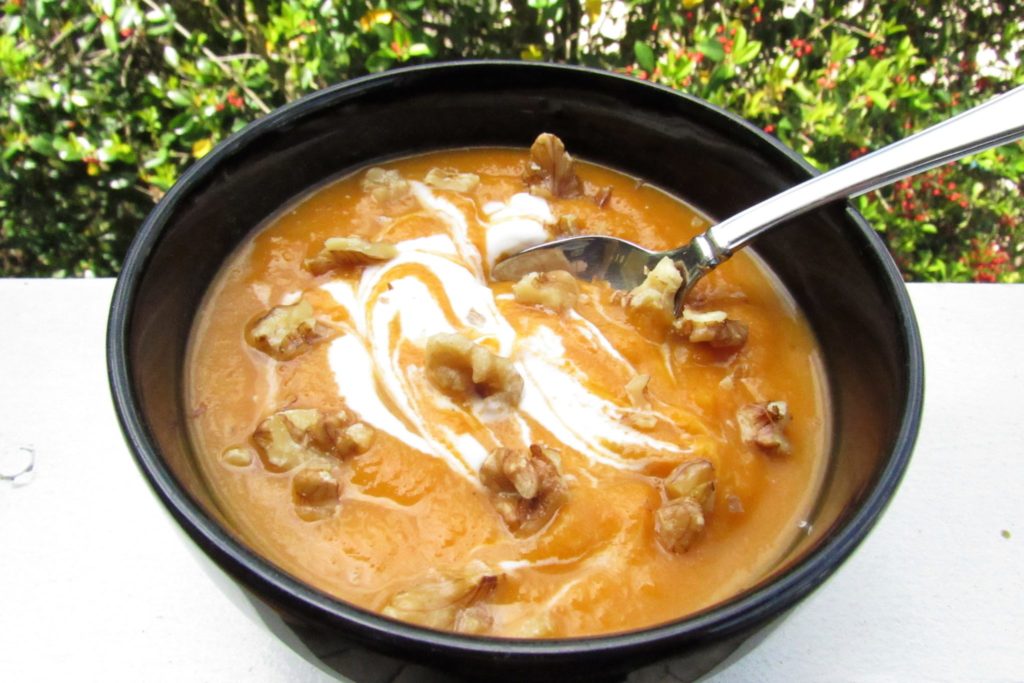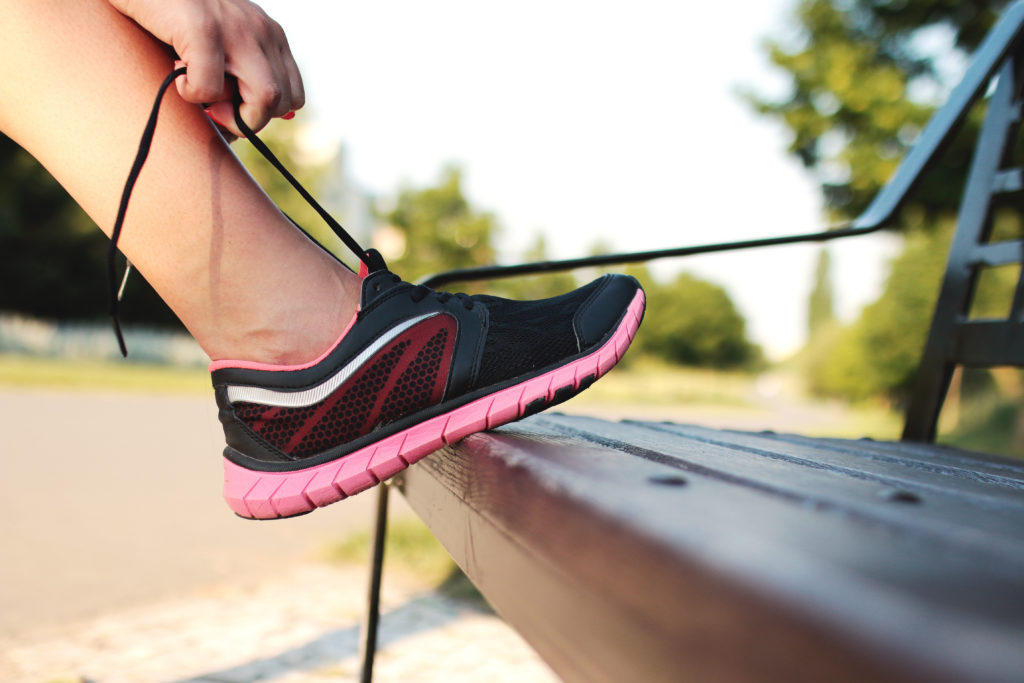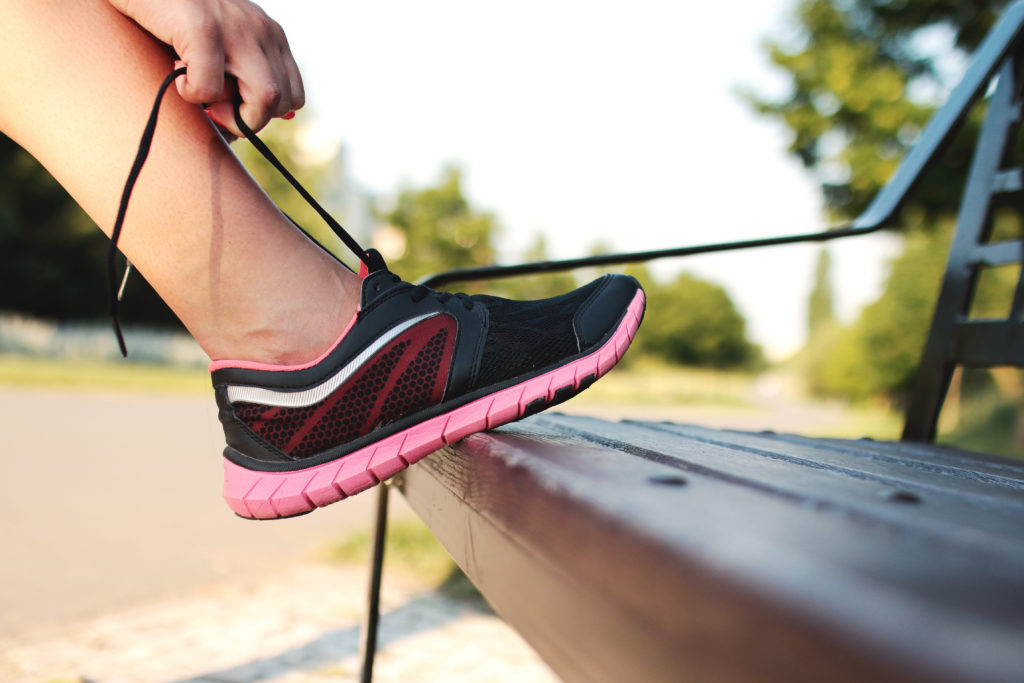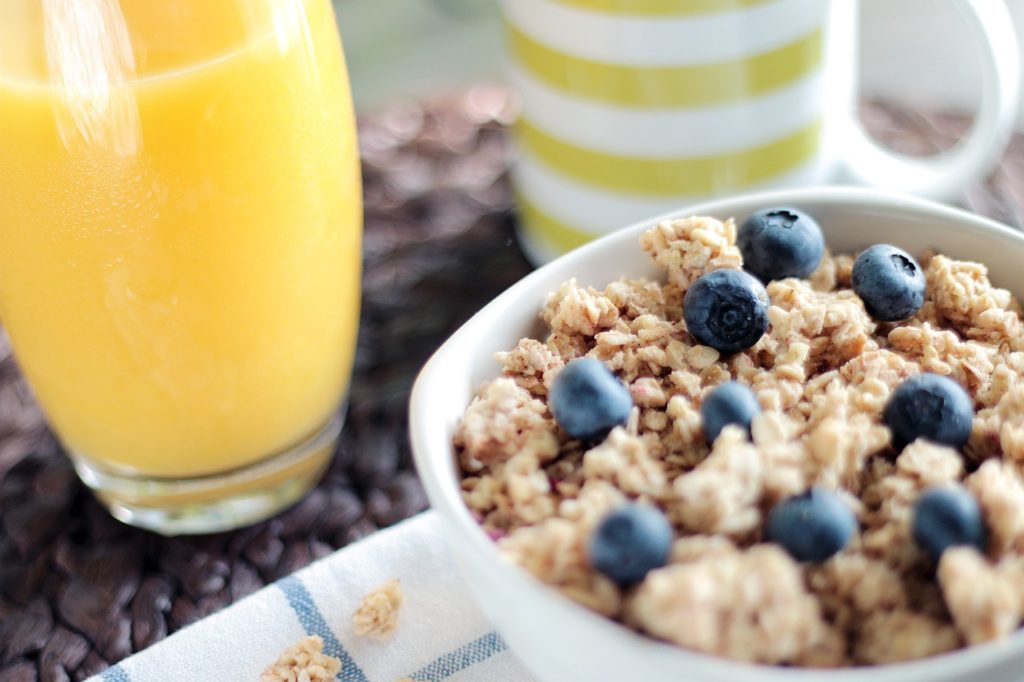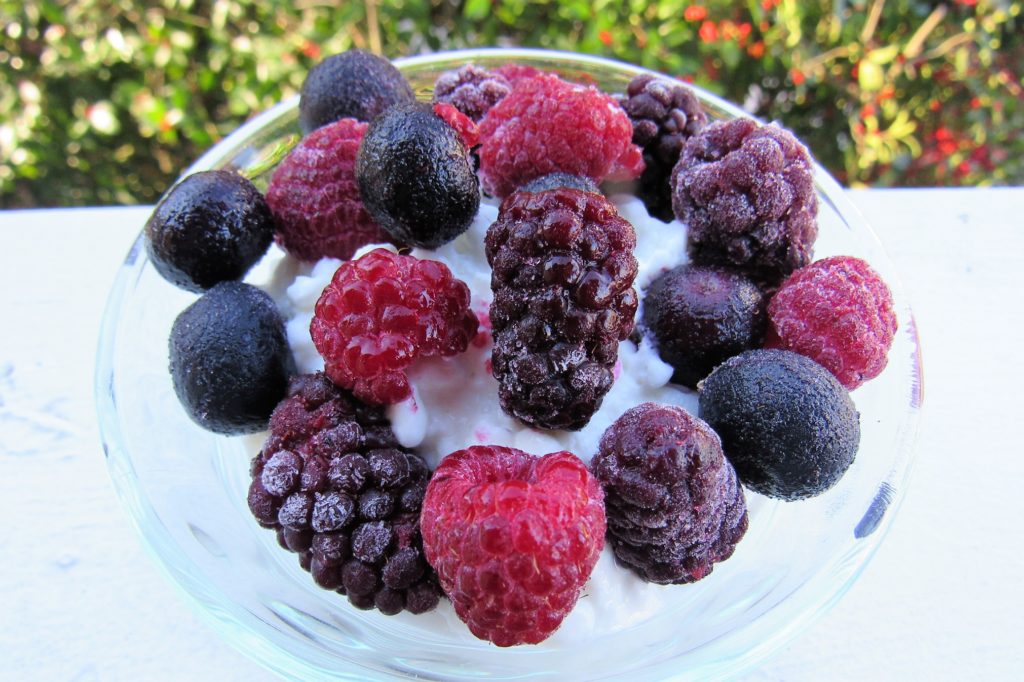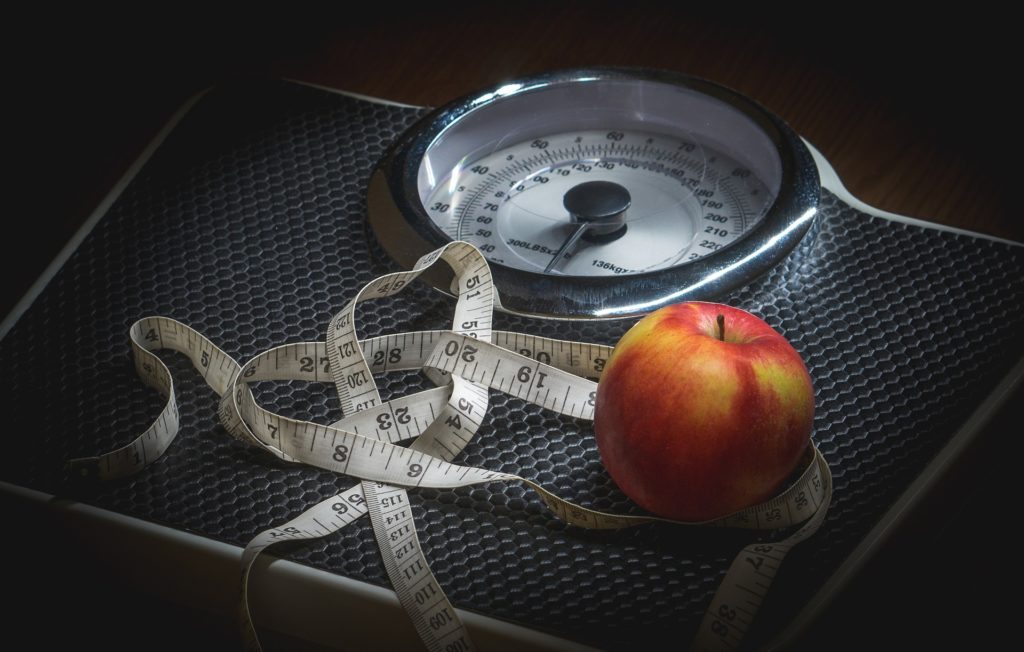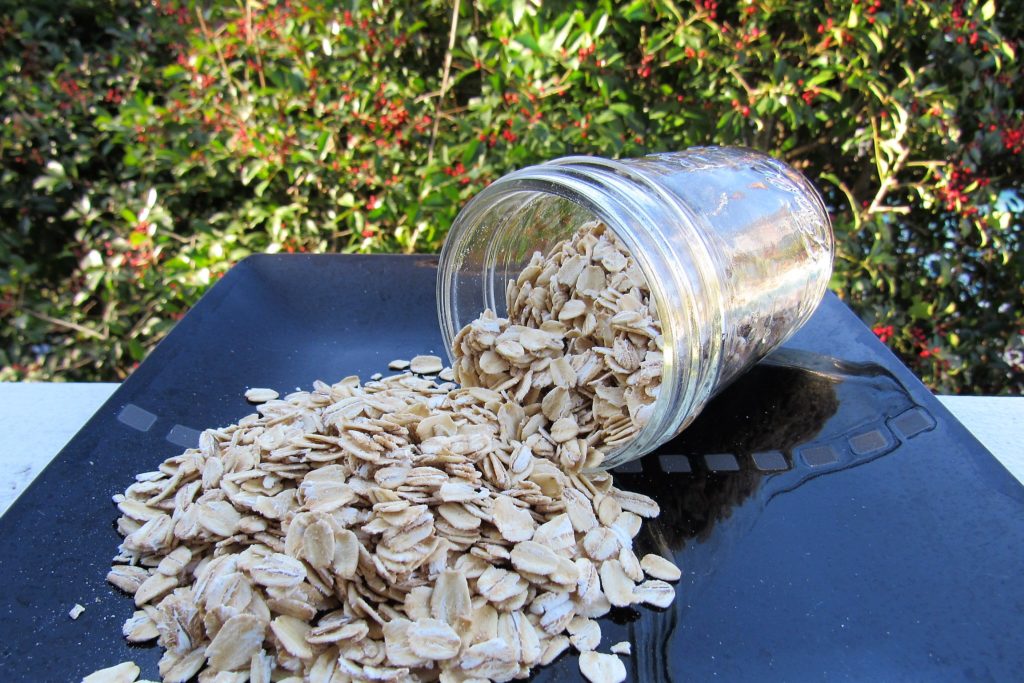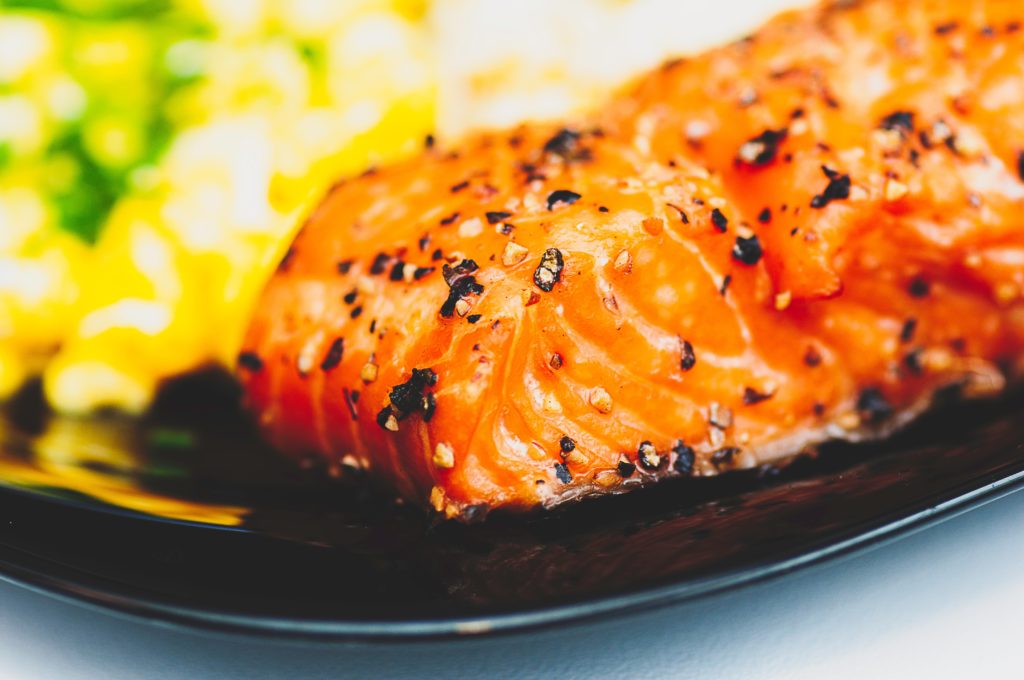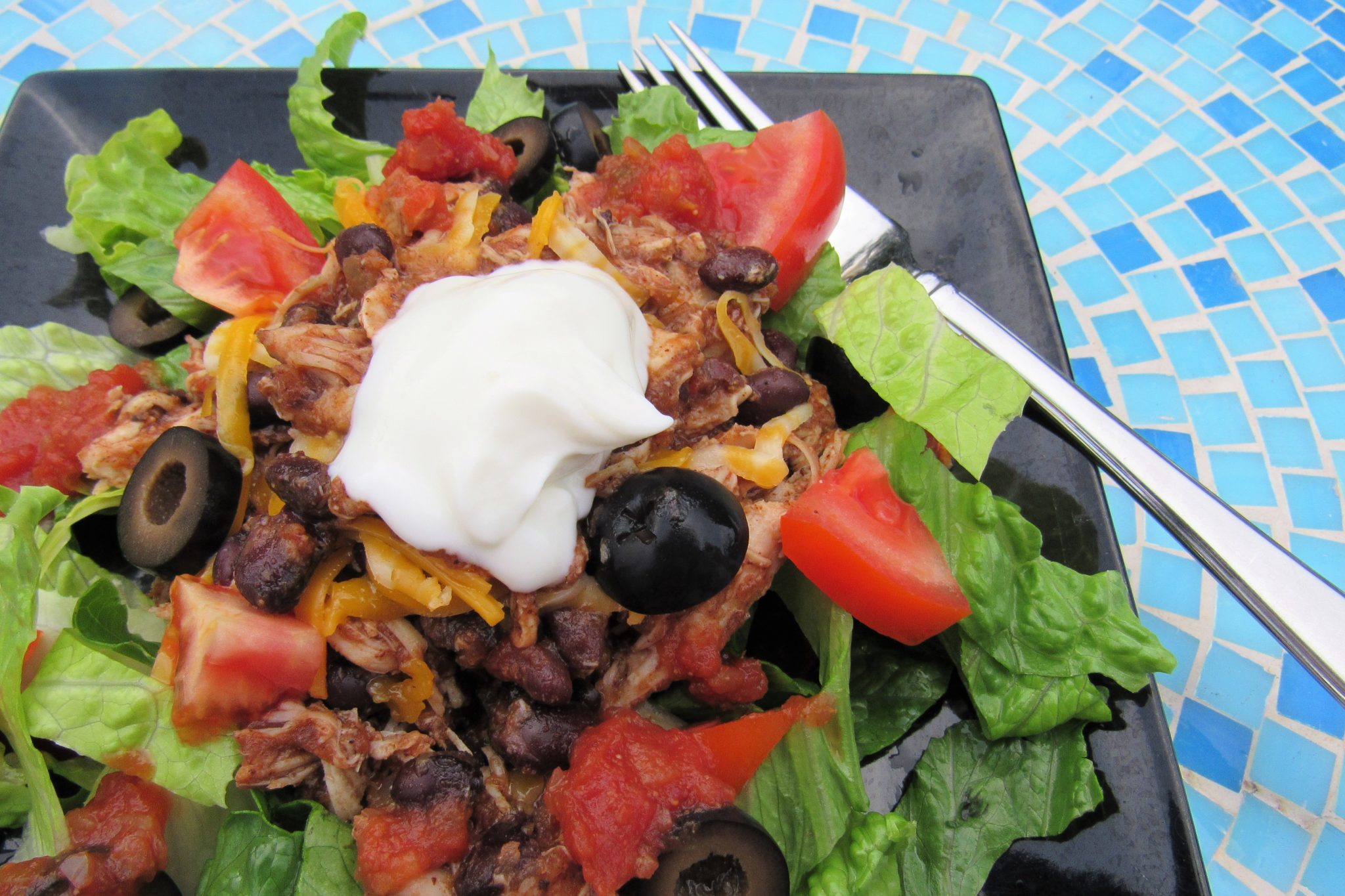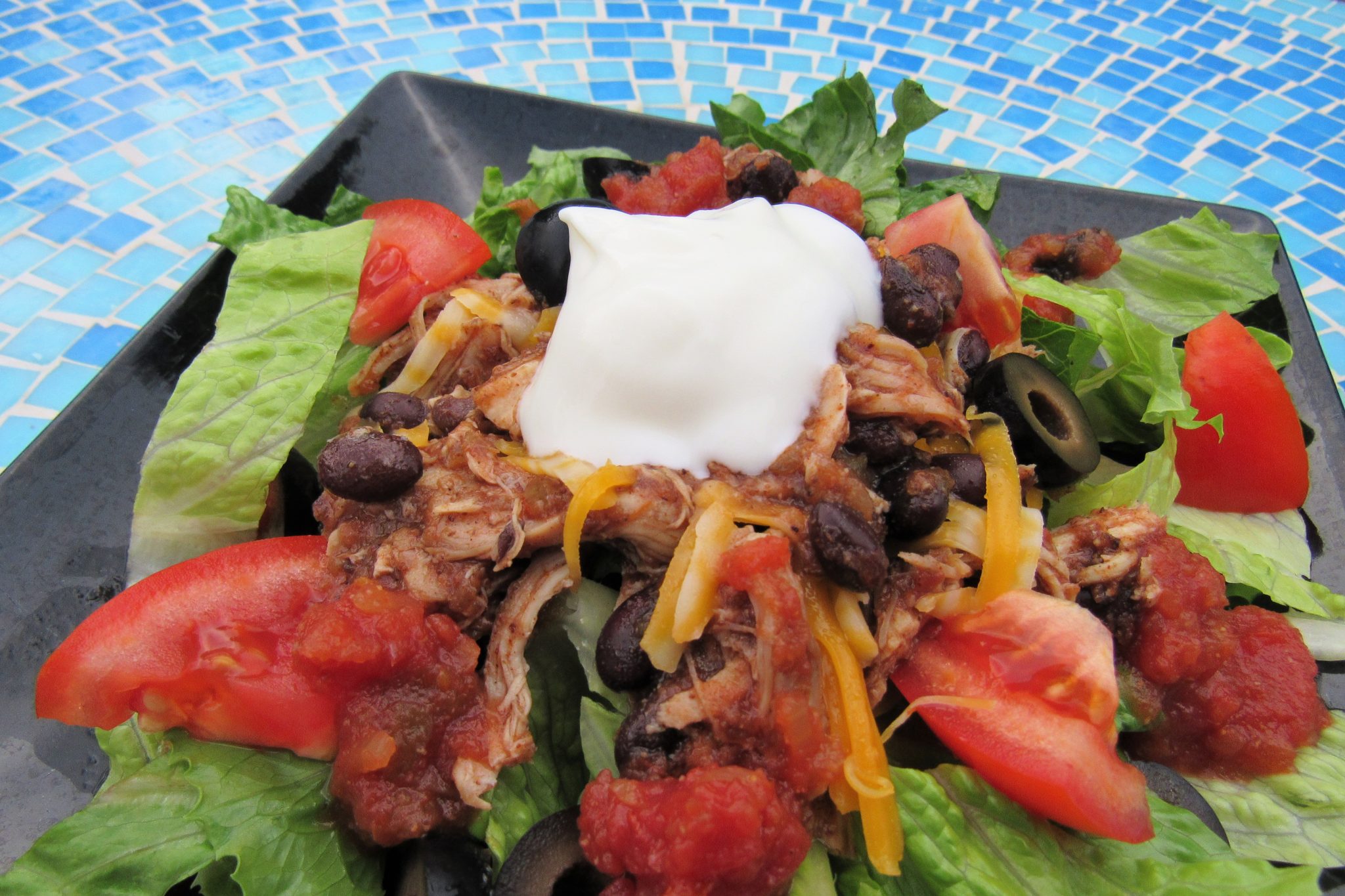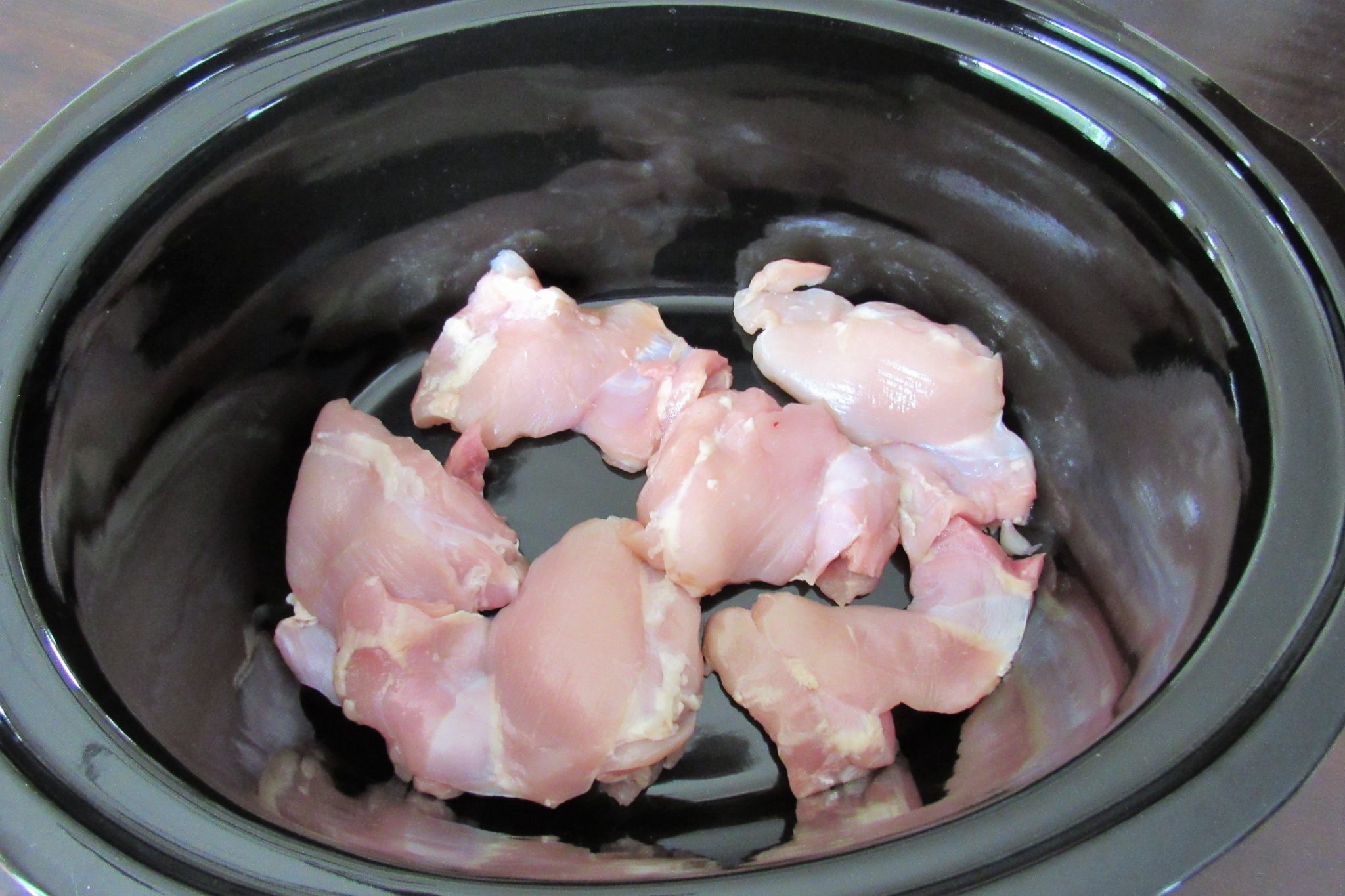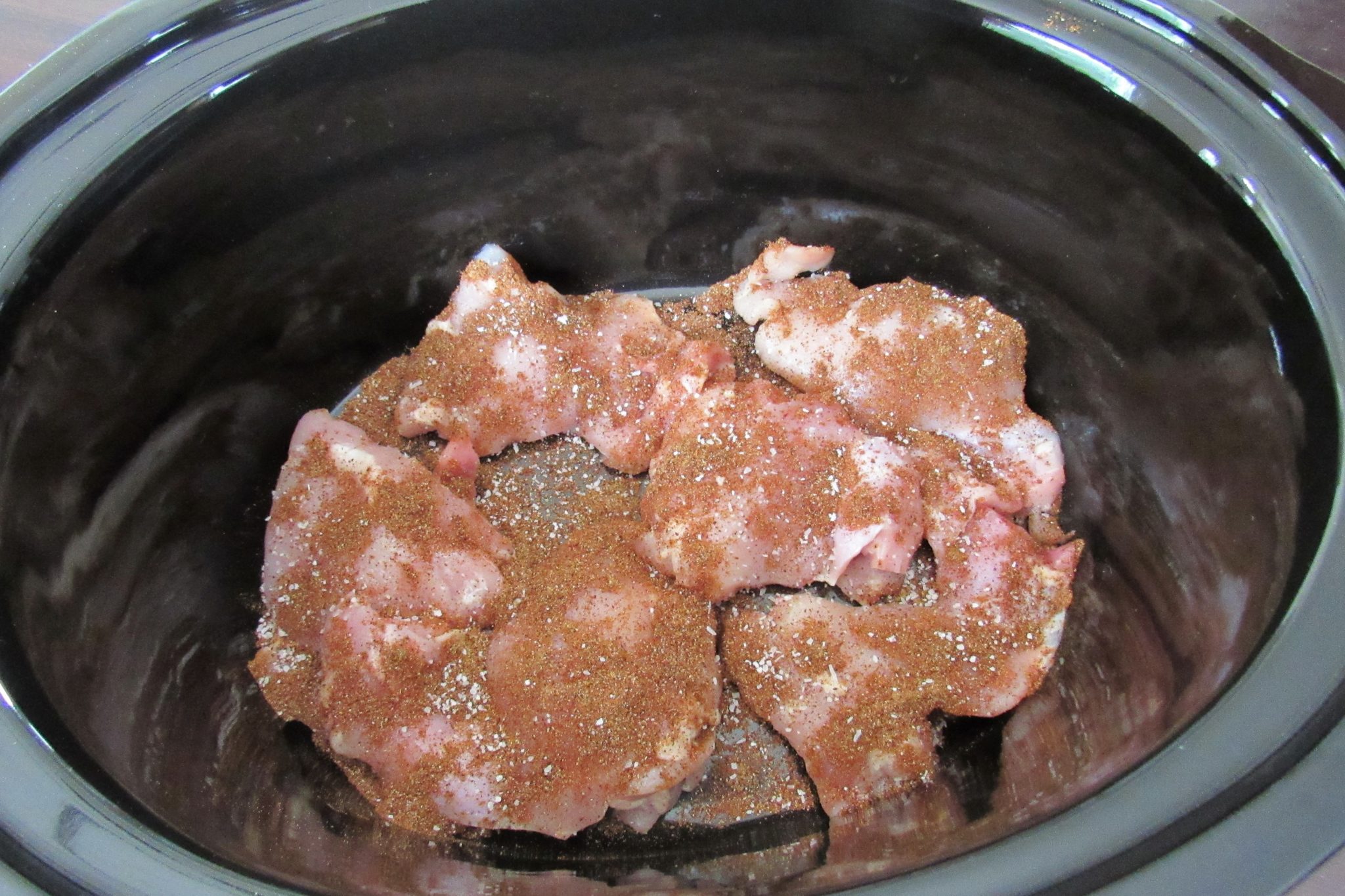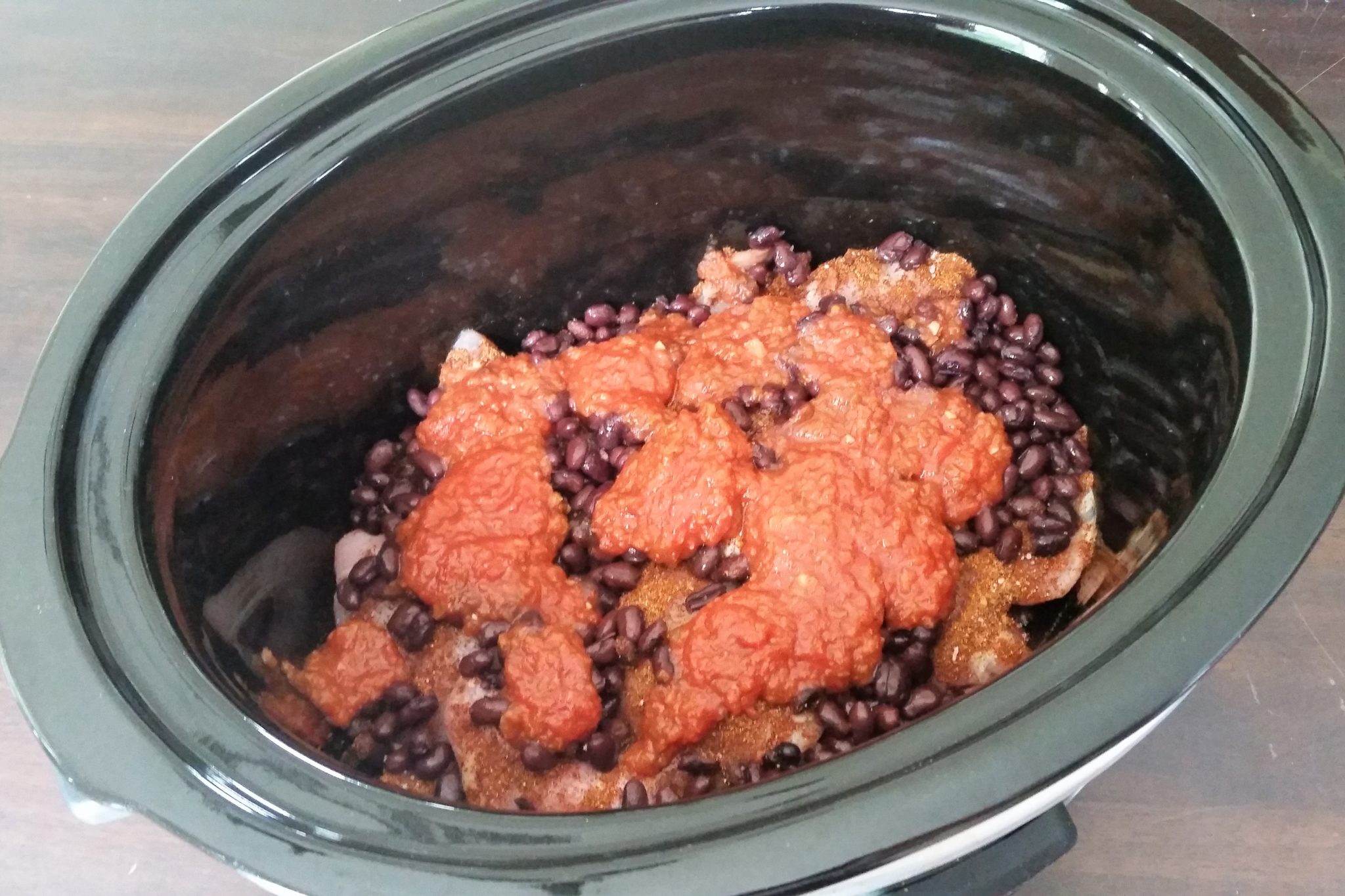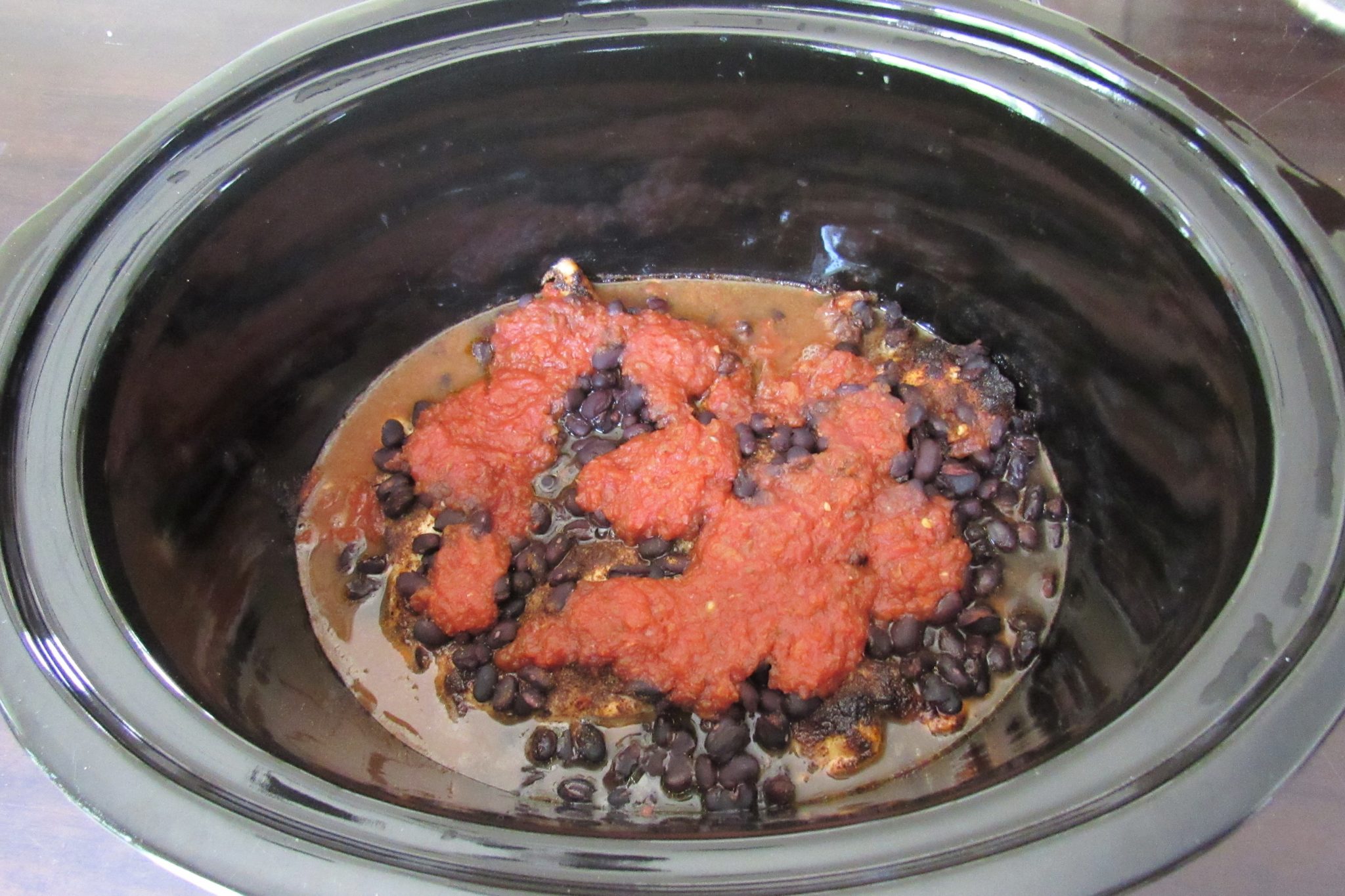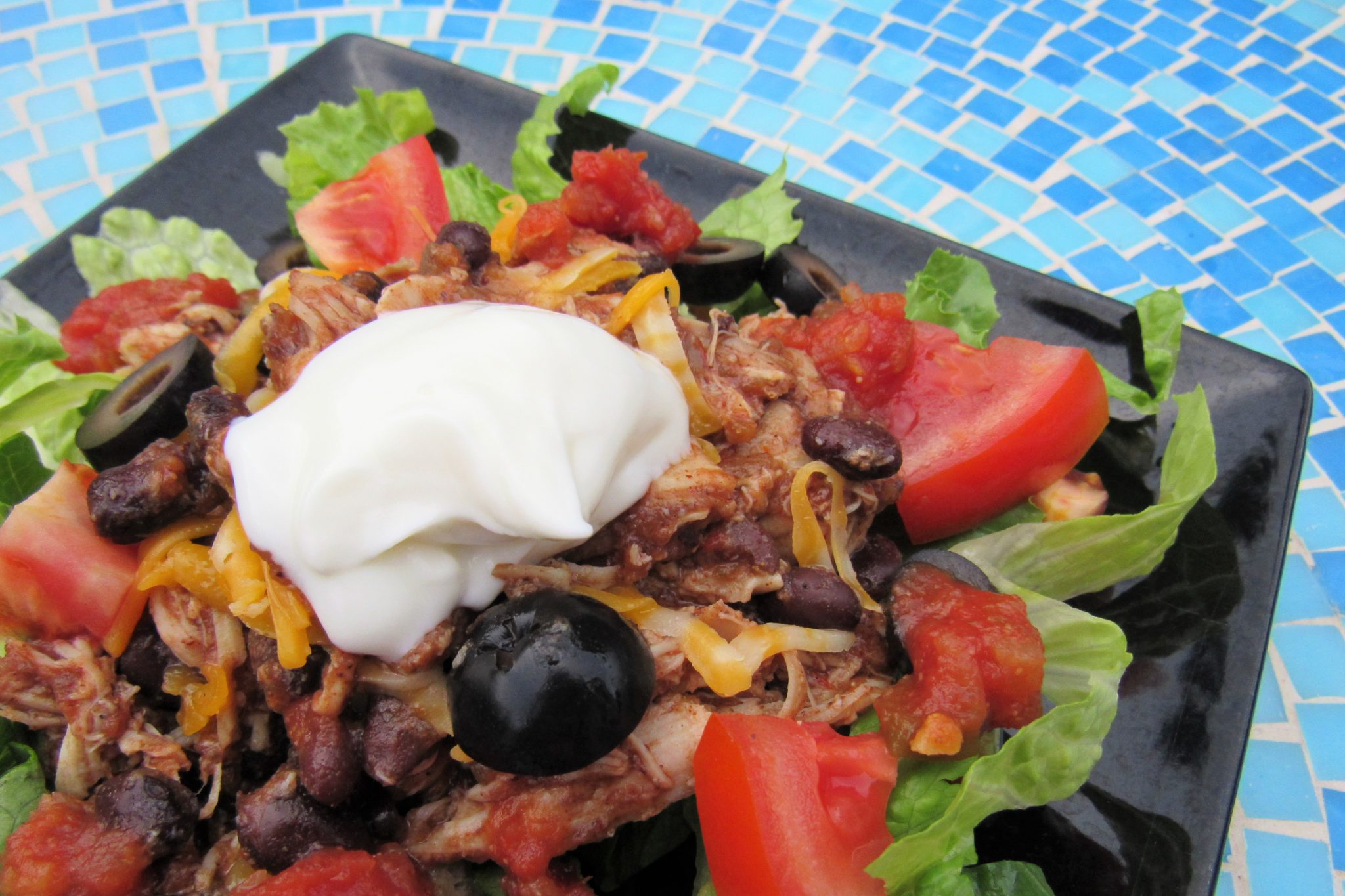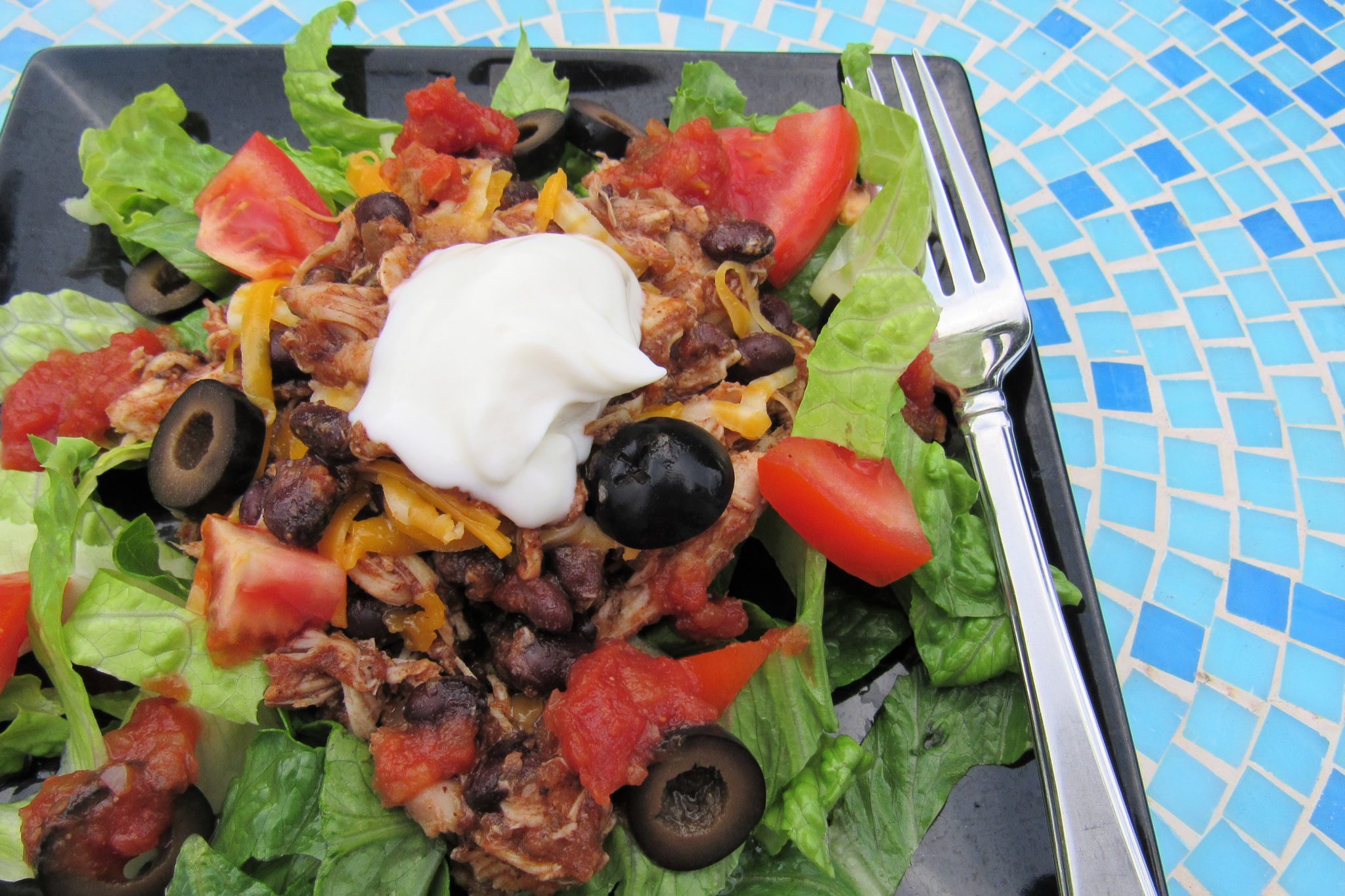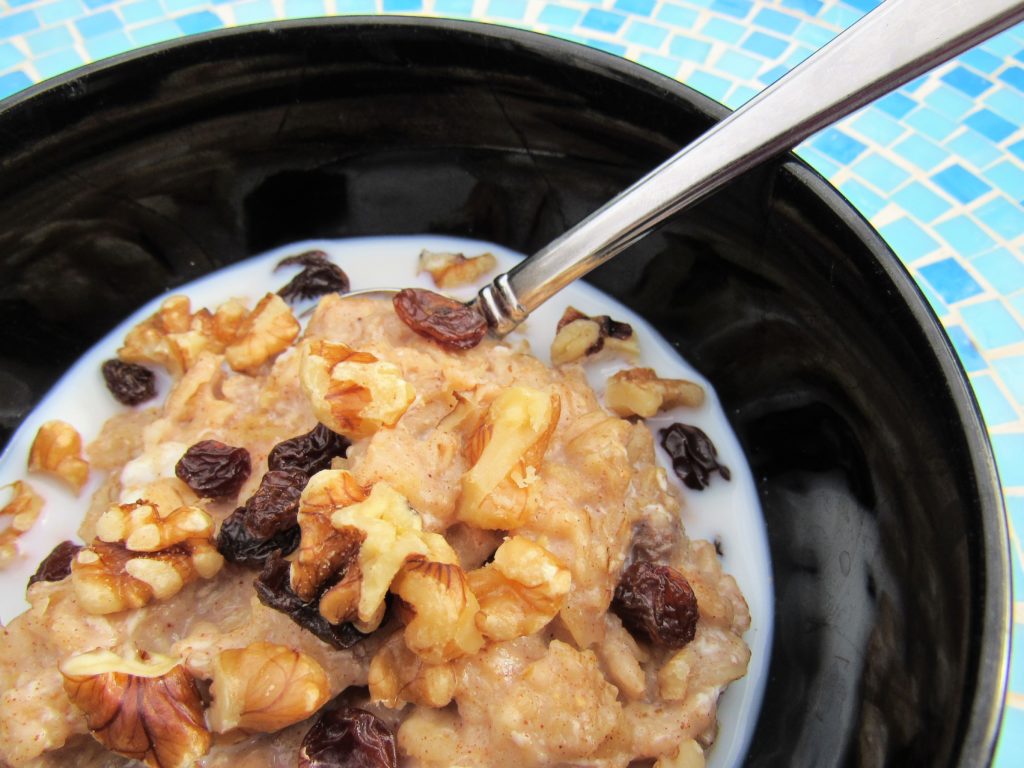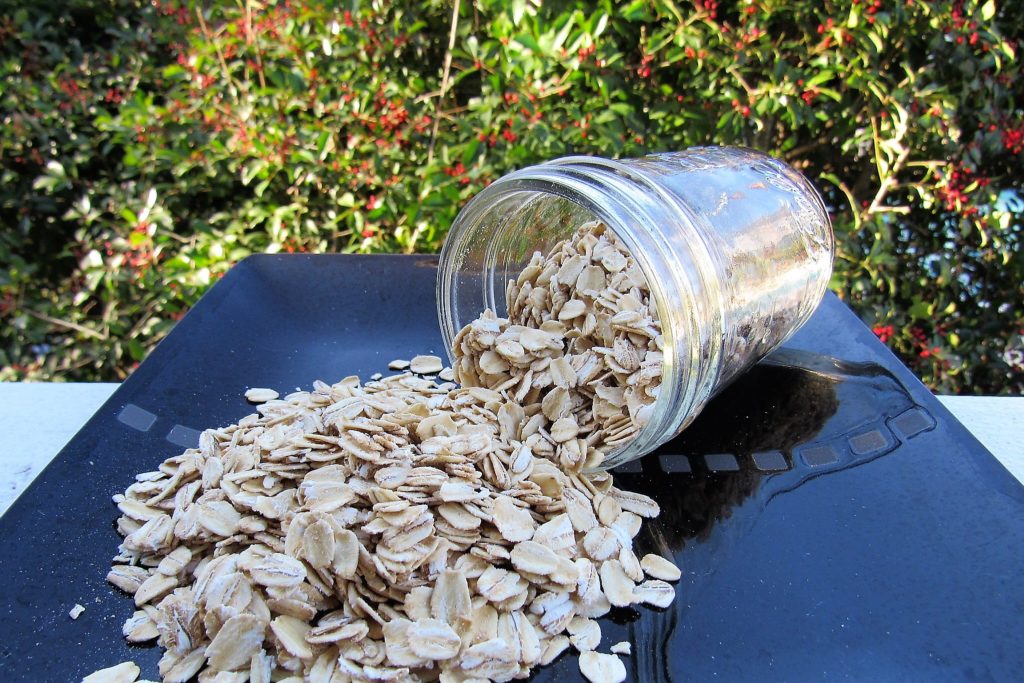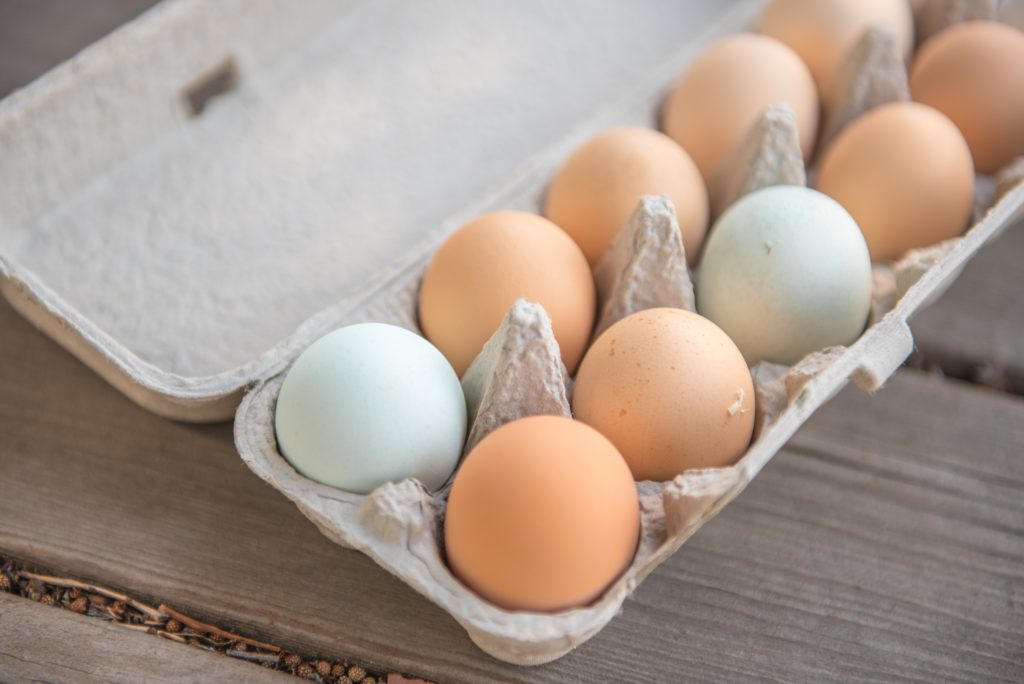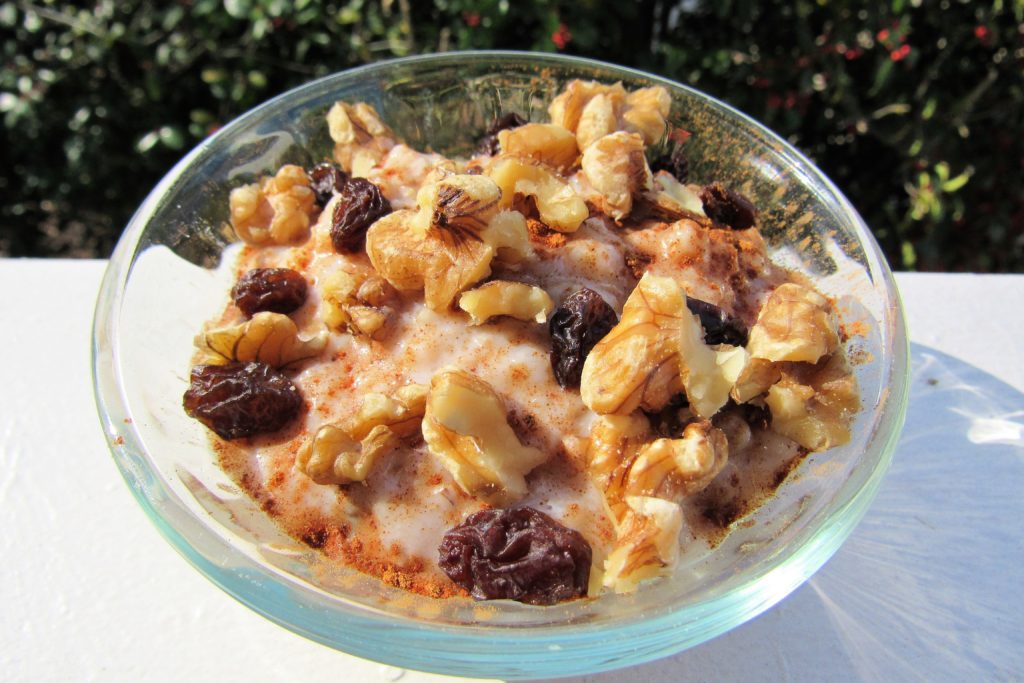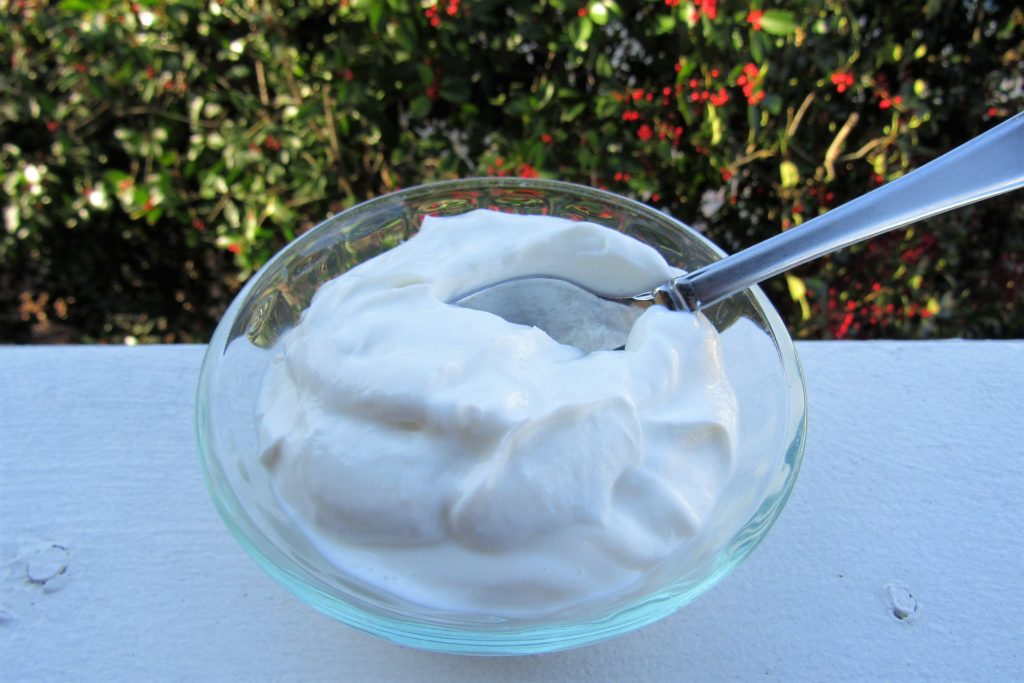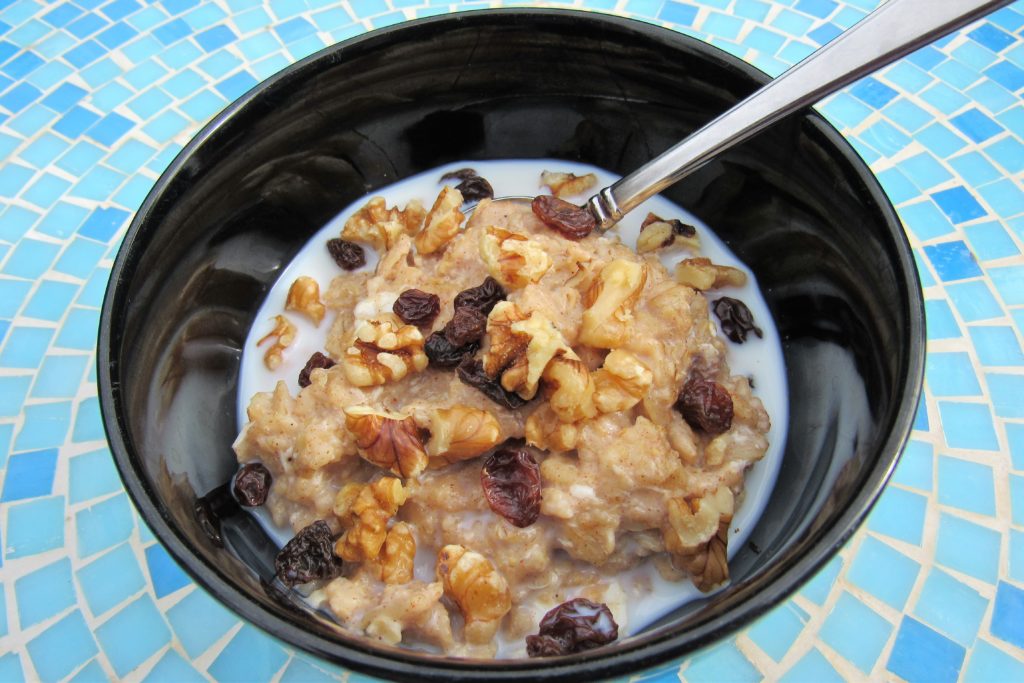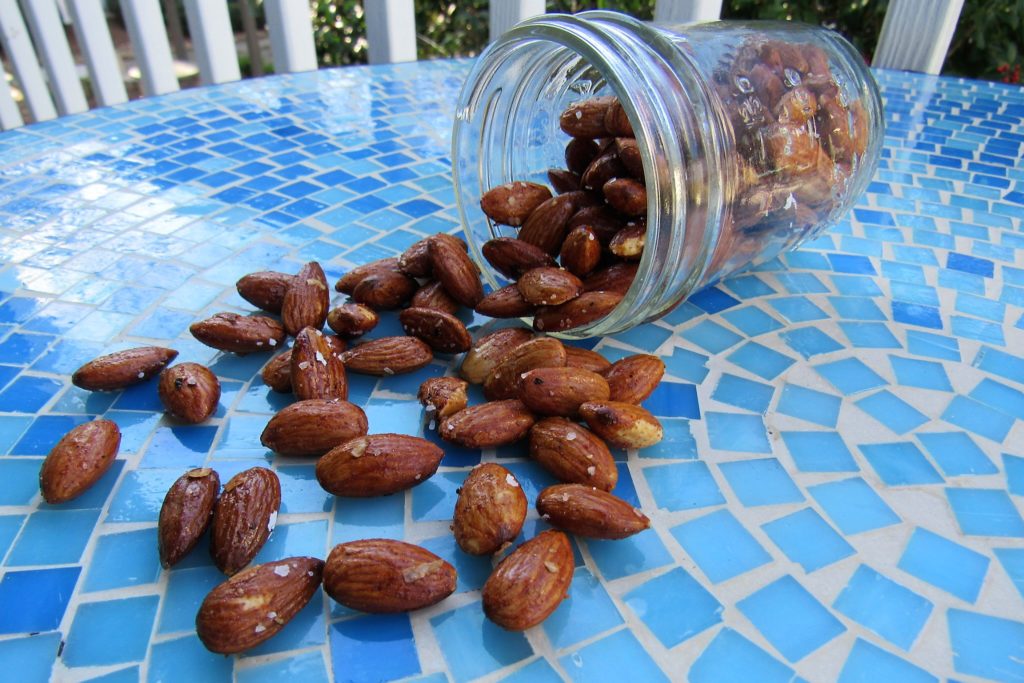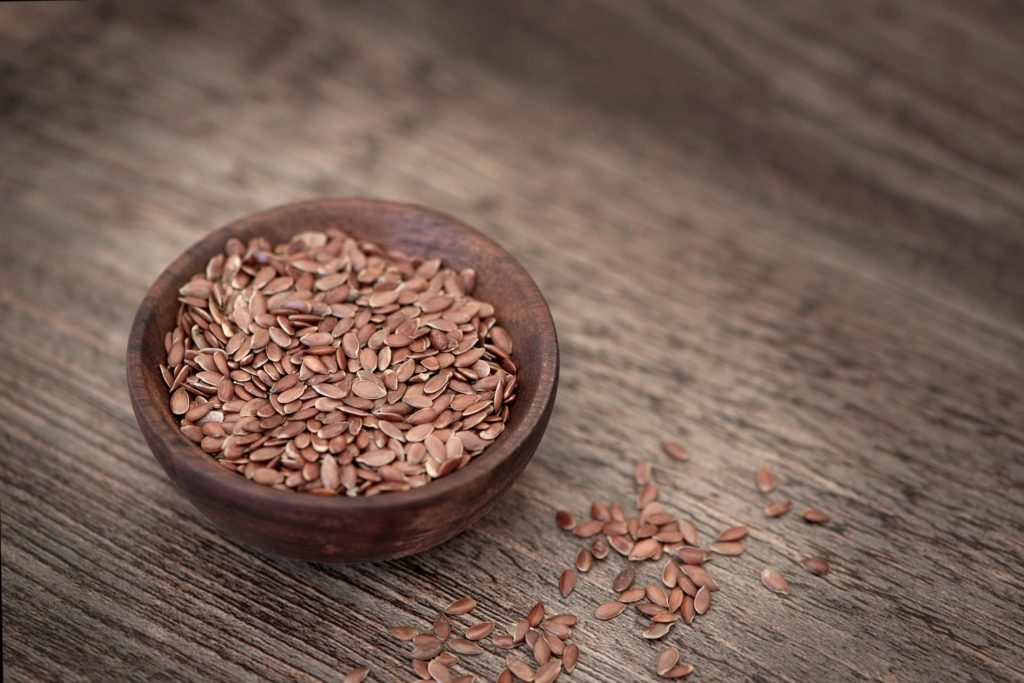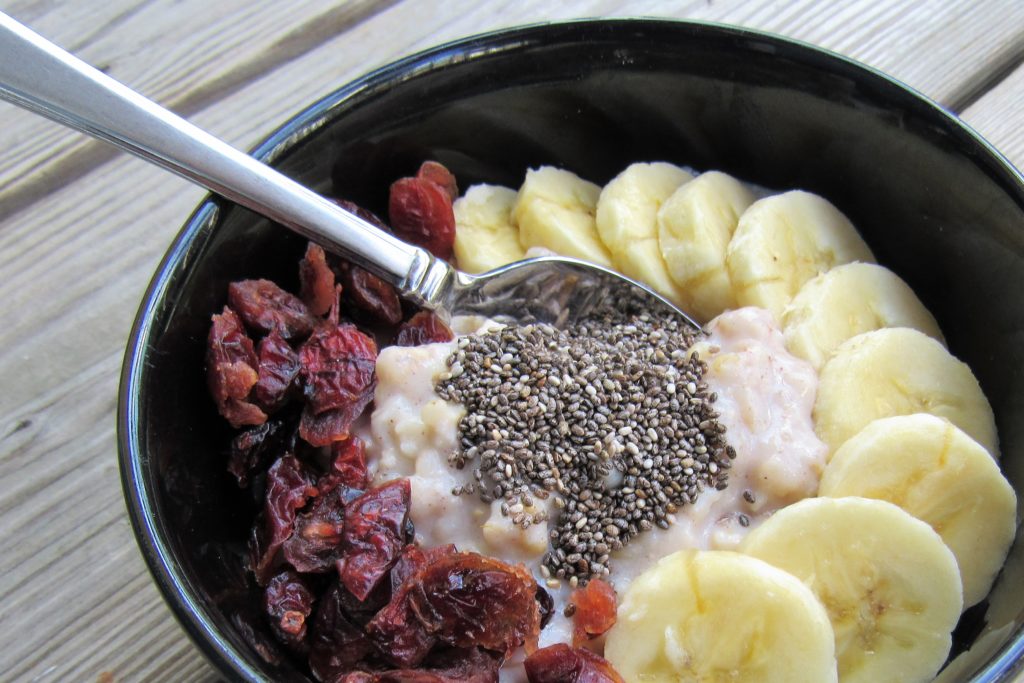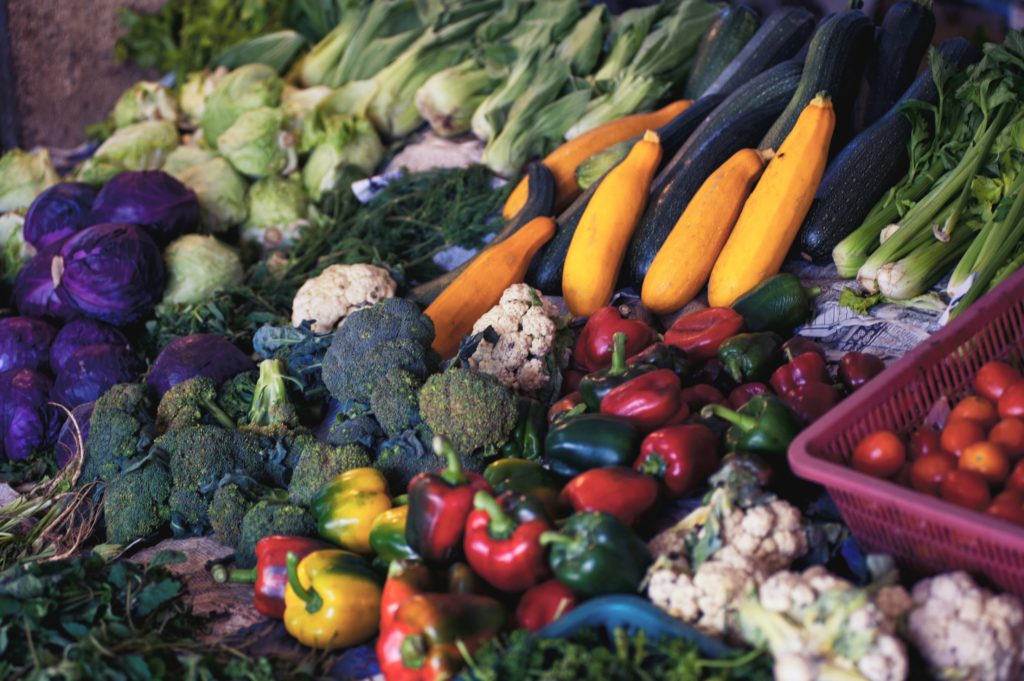
Inflammation is a known risk factor for many types of chronic disease. While not trendy or in vogue, inflammation deserves, if not needs to be discussed. According to the CDC, inflammation induced chronic diseases account for about 70% of deaths in the United States each year!
Poor diet, smoking, lack of exercise, environmental toxins and stress are just a few of the contributing factors of inflammation. Research in the The Journal of Clinical & Cellular Immunology states that nutrition may be the most ‘influential’ of all the modifiable factors.
Before we talk about whether YOU should follow an anti-inflammatory meal plan, it is important to FIRST discuss what inflammation actually is and how it affects our health, quality of life and longevity.
What exactly is inflammation?
It is the body’s response to an injury, irritation, or infection. Acute inflammation is short-lived (lasting minutes to days) and is usually accompanied by redness, swelling, edema, heat, and pain. An example is a cut on your finger. Acute inflammation is not bad. In fact, it is a necessary process for the body to heal and repair itself.
Chronic inflammation can last weeks, months or even years. While it often does not have immediate visual signs, unlike its acute counterpart, it sets off a series of chain reactions in the body. Over time, these destructive processes damage cells and can cause disease. Like acute inflammation, it is a natural body process, but when unaddressed, it is detrimental.
What are some diseases related to chronic inflammation?
Cardiovascular Disease- smoking, poor diet and high blood pressure cause internal inflammatory processes that damage the artery walls and lead to plaque formation.
Some Cancers- inflammatory diseases (ulcerative colitis, Crohn’s disease, and IBD) can contribute to the development and progression of colon cancer.
Diabetes- Evidenced by pro-inflammatory molecules, inflammation also increases with the presence of abdominal fat (in your mid-section); continued inflammation causes more issues including insulin resistance, high blood sugars, elevated cholesterol and risk of blood clots.
Obesity- Fat cells stimulate the production of pro-inflammatory molecules.
Metabolic Syndrome- Inflammation from the existence of several unhealthy conditions worsens insulin resistance, blood glucose management and leads to abnormal cholesterol/lipid levels.
Inflammatory Bowel Disease– Poor diet is one of many factors that can contribute to the development and progression of this inflammatory disease.
Neurodegenerative diseases (like Rheumatoid Arthritis)- This autoimmune disease creates an inflammatory response as the body turns on itself, creating pain and discomfort in the joints.
*this list is NOT a comprehensive list
What causes inflammation?
There are many causes of inflammation (some that you can control and others that you can’t), but nutrients in your diet are highly influential. They have the power to increase AND decrease inflammation. Deciding to eat a healthy diet on a regular basis is one of the most critical steps you can take to prevent chronic disease over your lifetime.
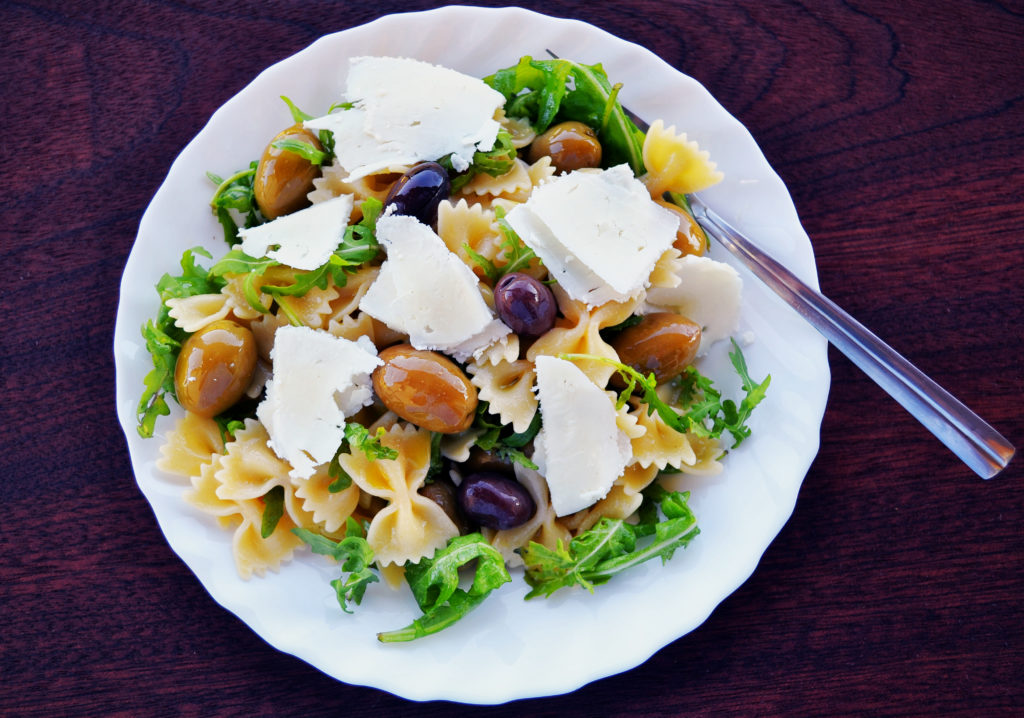
What are some nutrients that cause inflammation?
Refined carbohydrates and sugar- These contribute to the increased production of inflammatory molecules in your body. They raise blood sugar, are easy to overeat and contribute to weight gain and high triglycerides.
Trans fats- Often hiding in coffee creamers, packaged baked goods, margarine, popcorn, doughnuts and fast food, trans fats (aka partially hydrogenated oils) can increase LDL cholesterol and increase the risk of cardiovascular disease and type 2 diabetes. Make sure to read the ingredient list as some companies sneak it in. No amount is considered safe.
Saturated fat- While there may be a few controversial research studies, the majority of research still promotes limiting saturated fat to 10% or less of your calories (22g on a 2000 calorie diet). Excessive saturated fat at a meal can cause an inflammatory response.
Omega-6 fatty acids- These fats are building blocks for pro-inflammatory molecules. When our bodies get more of these than it needs, it allows for more inflammation in the body. The goal is not to eliminate these fats but get a ratio of 4:1 for omega-6 fats to omega-3 fats. Omega-6 fatty acids are found in processed salad dressings and vegetable oils, as well as many packaged foods and fried foods.
Too many calories- This leads to weight gain and increased fat store. As stated above, fat is active and produces a variety of molecules including inflammatory markers.
Processed meats- Hot dogs, sausage, bacon… all tend to be high in saturated fat and contain ingredients for preservation that have been shown to contribute to inflammation and increase the risk for colorectal cancer.
Fried foods- These are high-calorie foods with an unbalanced quantity of unhealthy fats (trans, saturated, omega-6s) and cause inflammation after consumption. They often contribute to excess calories and weight gain which leads to a host of diseases and disorders.
What are some nutrients that reduce inflammation?
Omega-3 fats- These essential fats, found in salmon, tuna, sardines, anchovies and other fatty fish, are building blocks for anti-inflammatory molecules that help your body keep inflammation low.
Vitamin C- Antioxidants, like vitamin C, help protect cells during inflammation. Foods high in vitamin C include red bell peppers, all types of citrus, kiwifruit, broccoli, strawberries, and cauliflower.
Polyphenols- This plant compound category includes a variety beneficial nutrients that are found in fruits and vegetables, olive oil, chocolate, whole grains, and tea. You simply can’t go wrong by eating a plethora of plant-based foods.
Fiber- in addition to all the touted benefits of fiber, it also appears to lower pro-inflammatory molecules in the body. This makes it even more beneficial in preventing CVD and type 2 DM.
*There are many other nutrients and foods that help reduce inflammation.
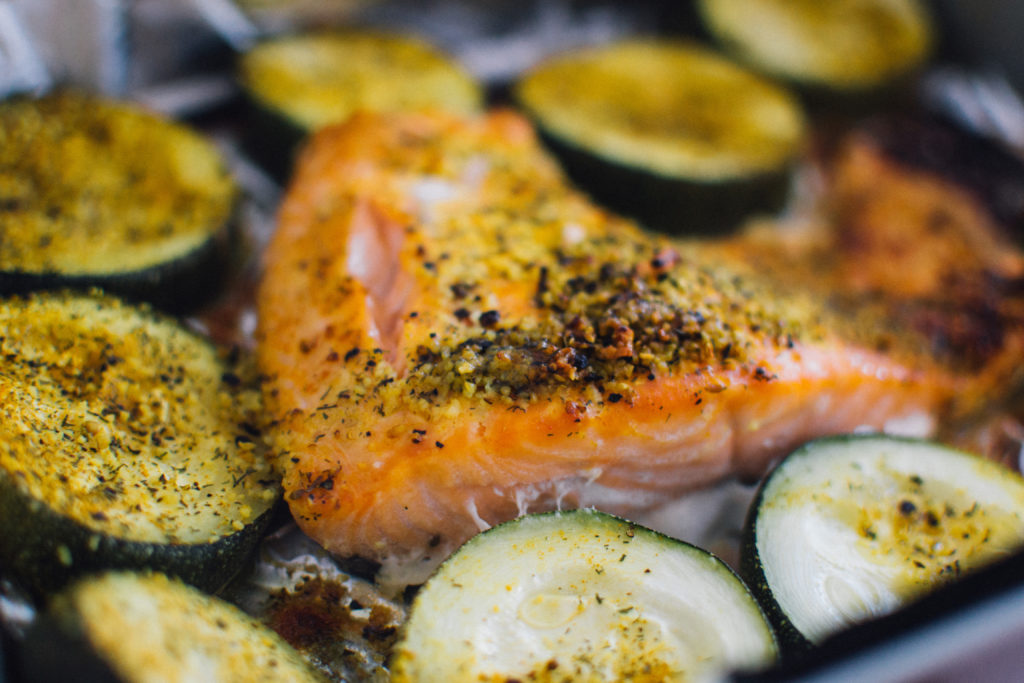
What are the best strategies to minimize inflammation?
RECOMMENDATION #1:
Choose a diet rich in fruits and vegetables- while this is not “new” information, only 18% and 14% of individuals consume the recommended servings of fruit and vegetables each day. Putting this recommendation into practice appears to be one of the most challenging for individuals. Vegetables and fruit are rich in a variety of vitamins, mineral, fiber, and antioxidants- all nutrients that fight off inflammation and keep cells healthy. However, research demonstrates that eating 4-5 servings EACH of fruits and vegetables per day reduces levels of inflammatory markers in the body.
For some inspiration on how to do this, read 3 Simple & Delicious Ways to Add Veggies to Family Favorites. Or, try out this simple but flavorful roasted veggies recipe– it might turn into your new favorite side dish. This Mexican Cauliflower Rice is a great substitute for a traditionally refined white rice recipe.
RECOMMENDATION #2:
Consume 8-12oz fish rich in omega-3 fatty acids per week. This is the most tasty and efficient way to boost your overall intake of this essential nutrient. See this list for best choice fish lowest in mercury and contaminants.
Need some healthy fish recipes? This Maple Dijon Salmon meal literally takes 20 minutes and is absolutely amazing. Pack up this easy tuna recipe in your lunchbox for an extra serving of omega-3s!
RECOMMENDATION #3:
Choose whole grains and whole forms of carbohydrate (fruit, beans, legumes) to increase consumption of fiber and reduce glycemic load (blood sugar spikes). Research suggests that this may help decrease inflammation associated with diabetes, metabolic syndrome, and cardiovascular disease.
Learn more about whole grains and sprouted grains and how to choose the most nutritious choices in the grocery store. Try out this Slow Cooker Steel Cut Oatmeal for a fast and easy breakfast OR check out these overnight oats recipes that require zero prep time in the morning!
Inflammation isn’t all bad. It is your body’s way of trying to repair itself and stay healthy. But when we are consistently consuming foods and beverages that continue the ongoing process, it can lead to chronic disease. Your food choices now contribute to your quality of life (and medication list!) a decade from now. Similarly, your child’s choices now do the same.
Prevention isn’t exactly sexy or trendy. We all know it is important but it doesn’t necessarily give us the feeling of euphoria. However, each small step you take today adds up to give you a longer and more energetic life in the future.
It is also important to remember that healthy living and disease prevention is not about eating certain healthy foods. Consuming a wide variety of these nutrient-dense foods on a daily basis builds healthy bodies. There isn’t 1 supernutrient. Instead, nutrients work together to fight off inflammation and disease.
What does an anti-inflammatory meal plan look like?
Simply, it consists of about 75% plant foods and about 25% high-quality protein, Mediterranean style. It has adequate calories to fuel your body throughout the day via 3 meals and 1-3 balanced snacks. An anti-inflammatory meal plan emphasizes eating a variety of foods each week to consume a wide variety of beneficial nutrients. Of course, it needs to be flavorful and taste fantastic!!
If you identify as someone that needs to take a more proactive approach to eating anti-inflammatory foods, you are not alone. In reality, ALL of us should be choosing to eat this way most of the time, with some treats and ‘fun foods’ on occasion.
Interested in gaining some help to put together an anti-inflammatory meal plan? I have recently partnered with Living Plate and Gathered Table to offer customizable weekly Anti-Inflammatory Meal Plans. This is a meal planning service you can try out for free that is curated by Registered Dietitian Nutritionists and ONLY contains recipes developed by dietitians. You can rest assured that what you are eating is beneficial and nutritionally complete!
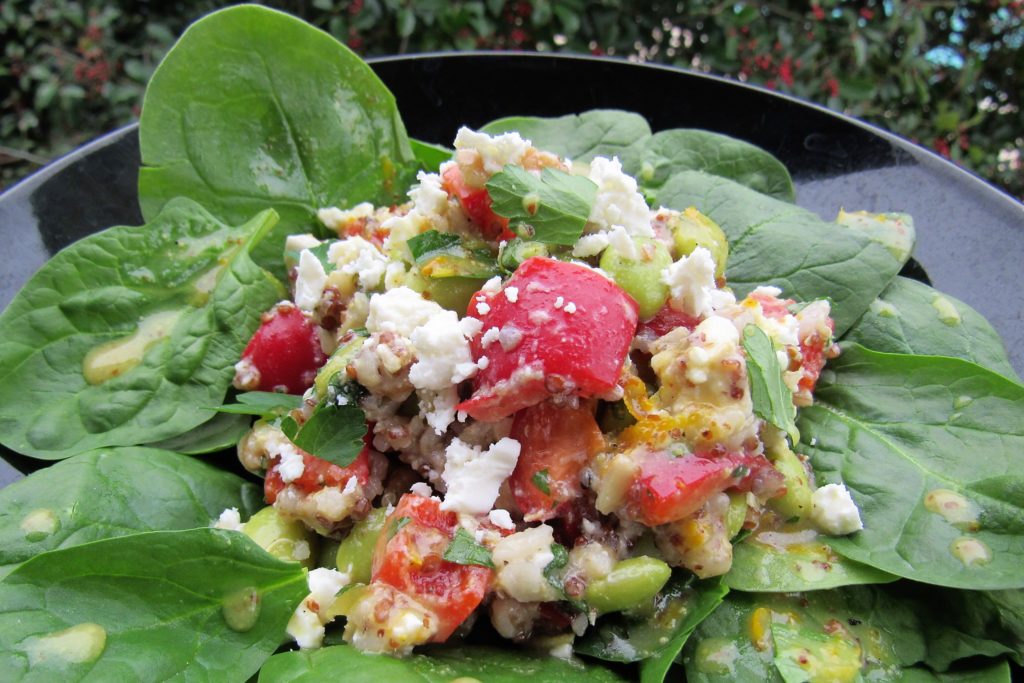
The meal plans allow you to add in 1-2 additional snacks to fuel up during your day, depending on your body’s needs. See this article, The Art of Snacking Well, for a variety of healthy snack ideas and grab the free handout for 15 Fast Snacks That Won’t Leave You Hungry to post in your kitchen. These Carrot Cake Snack Balls is one of the most popular recipes on my website so you might want to try those out too!
To learn more about the meal plans, click here.
You can also see a sample anti-inflammatory meal plan here.
If you want to contact me with questions, please do! I am here to support you!
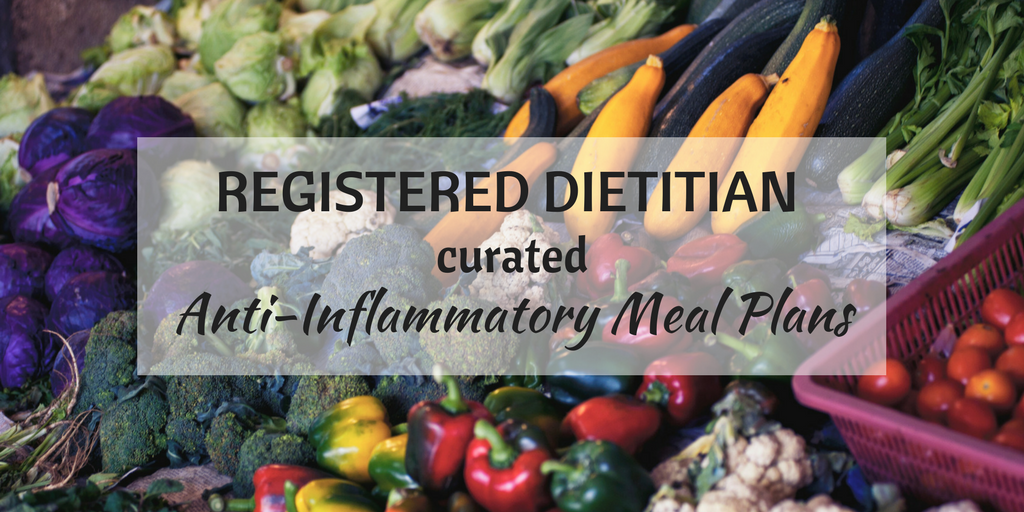
TRUTH: “I call heaven and earth to witness against you that today I have set before you life or death, blessing or curse. Oh, that you would choose life; that you and your children might live! — Deuteronomy 30:19 (TLB)
0 Likes157 Views
